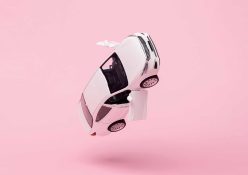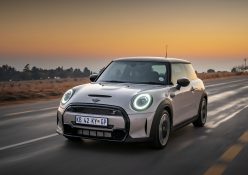We have some actionable tips for you to become a more efficient driver.
1 Service your car.
The engine powers a car, and if your engine is not running smoothly it’s definitely using more fuel than needed. That one missed oil change service can affect your fuel consumption.
2 Know your limits
Power represented as kW and torque shown as Nm peak at different points in the rev-range. Power is essential for flat, open-road driving at speed, and is higher up in the revs. Torque is lower down the revs, and needed to get up hills or when carrying loads. If you have a rev counter find out where your peak torque is and aim to stay in that range when driving, even if it means gearing down.
3 Highest gear is not always best practice
Small engines, particularly those of the naturally aspirated variety handle stress differently. And by small I’m inferring low kW, between 50 – 60 kW; the majority of cars out there, we’re looking at you Grand i10, Polo Vivo, S-Pressp, Kwid et al. Play around with gear strategies for efficient driving, sometimes the smaller cars are far more efficient in 3rd or 4th gear to get up the steepest section of a hill. Sticking to the highest gear on a hill will see speed drop, hampering traffic and stressing everyone out in the car with you. If you drop down to 4th, into the accessible torque zone or even go to 3rd if need be. If your car is new enough to have an instantaneous fuel monitor use it to your advantage, watch when your car is consuming the least. If it doesn’t, it’s simply going to be a case of trial, error and going with your gut feel.
4 Be a hot mess
It’s warm, you’re hot and bothered and you need the air-conditioner on but you’ve read how much fuel they consume. Yes, they do consume fuel though you can mitigate consumption with a few simple adjustments. Let’s take a leaf from the book of those who live in extreme heat, the United Arab Emirates. AC systems in the UAE are not put on the lowest setting in 56-degree Celsius heat. Instead of setting your AC to Lo, rather set it to 19 in summer and 21 in winter (if you need AC). The lowest setting requires more work from all the parts, drawing more energy and thus needing more fuel.
5 Find the sweet spot
Ditch the sandals, flips flops and heels when you drive. Besides being the unsafe footwear choices behind the wheel, they greatly increase your fuel consumption when you drive due to lack of pedal feel. Through trial and error you’ll find your car might have enough torque and power to be driven with the gentle pressure of the big toe, or that you get the same engine response at a quarter-pedal depression as you do when your foot is mashed to the floorboard.
6 A big N O for neutral
When an engine is on it needs fuel to run, when you engage neutral you’re telling the engine to open all the ports and take in the maximum amount of fuel. If you have an instantaneous fuel gauge watch what happens when you put a car in neutral. If you want to save your cash, spend as little time with the clutch engaged as possible.
7) Look ahead, plan ahead
Fuel-efficient driving is largely about controlling as many variables within the car and external environment as possible. Controlling your external environment is near impossible, though you can arm yourself with knowledge of observation and thus pre-empting road users’ behaviour. Look as far ahead in traffic as possible, look at traffic lights approaching, if it’s been red for a while prepare that it might go green soon, try and stay in the highest gear possible without having to use the clutch or brake and letting momentum slowly move you forward. You want to keep a consistent pace with minimal active braking for optimal fuel efficiency.
8 Slowly, slowly doesn’t always save fuel
Going slowly doesn’t necessarily equate to fuel efficiency, it’s all dependent on the size of engine, size of car and the aforementioned sweet spot in power delivery. Some big cars do better at an average of 105 km while smaller cars with less power are more efficient at 115 km/h, take the time to find the your car’s happy place.
Words: Staff Writer | Images: Unsplash







